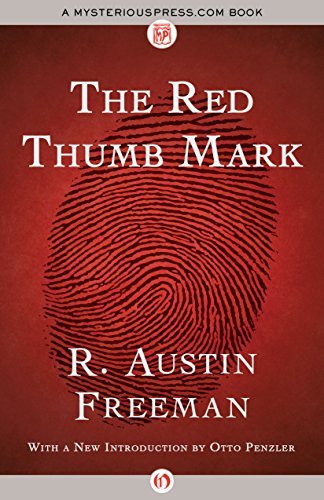What do you think?
Rate this book


235 pages, Kindle Edition
First published January 1, 1907
https://wordpress.com/view/carolshess...
When the police have made an arrest they work for a conviction. If the man is innocent, that is his business, not theirs; it is for him to prove it. The system is a pernicious one—especially since the efficiency of a police officer is, in consequence, apt to be estimated by the number of convictions he has secured, and an inducement is thus held out to him to obtain a conviction, if possible; but it is of a piece with legislative procedure in general.
---
My point is that the presumption of innocence is a pure fiction; that the treatment of an accused man, from the moment of his arrest, is that of a criminal.
---
We are going to see an innocent man—a cultivated and honourable gentleman. But the ordinary inmates of Holloway are not innocent men; for the most part, the remand cases on the male side are professional criminals, while the women are either petty offenders or chronic inebriates. Most of them are regular customers at the prison—such is the idiotic state of the law—who come into the reception-room like travellers entering a familiar hostelry, address the prison officers by name and demand the usual privileges and extra comforts—the 'drunks,' for instance, generally ask for a dose of bromide to steady their nerves and a light in the cell to keep away the horrors. And such being the character of the inmates, their friends who visit them are naturally of the same type—the lowest outpourings of the slums; and it is not surprising to find that the arrangements of the prison are made to fit its ordinary inmates. The innocent man is a negligible quantity, and no arrangements are made for him or his visitors.